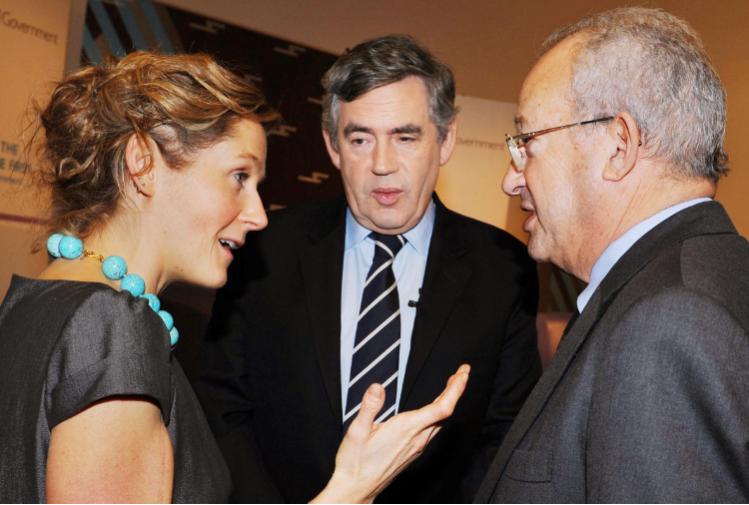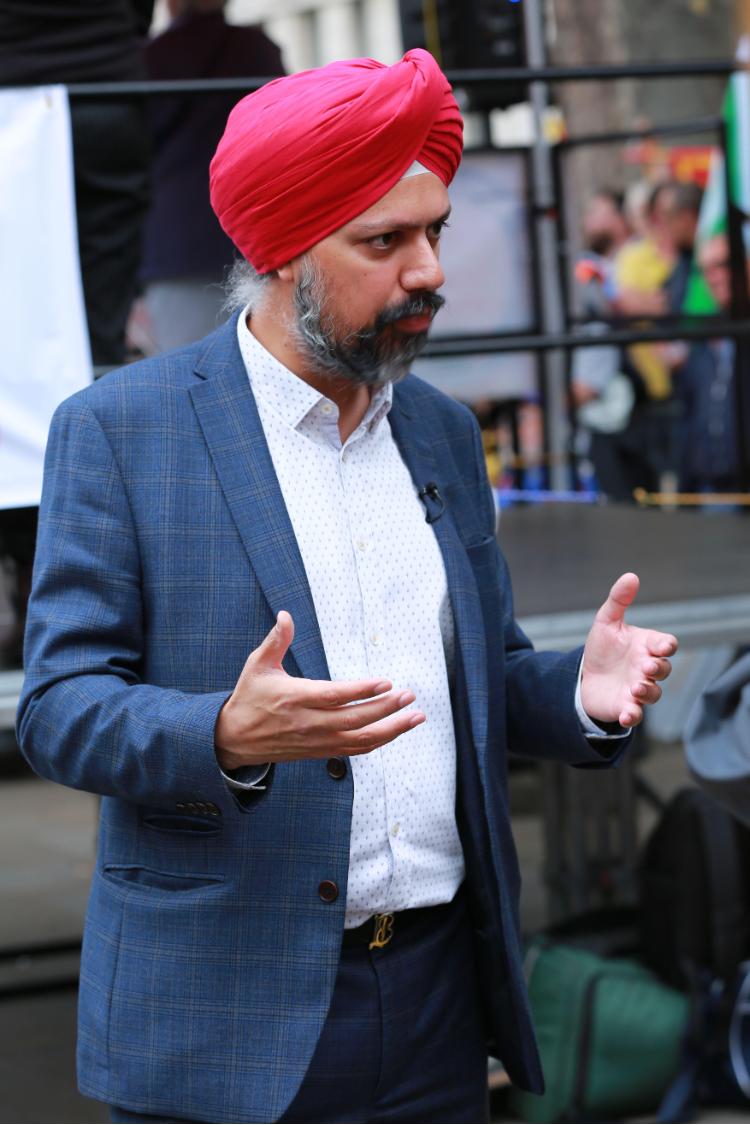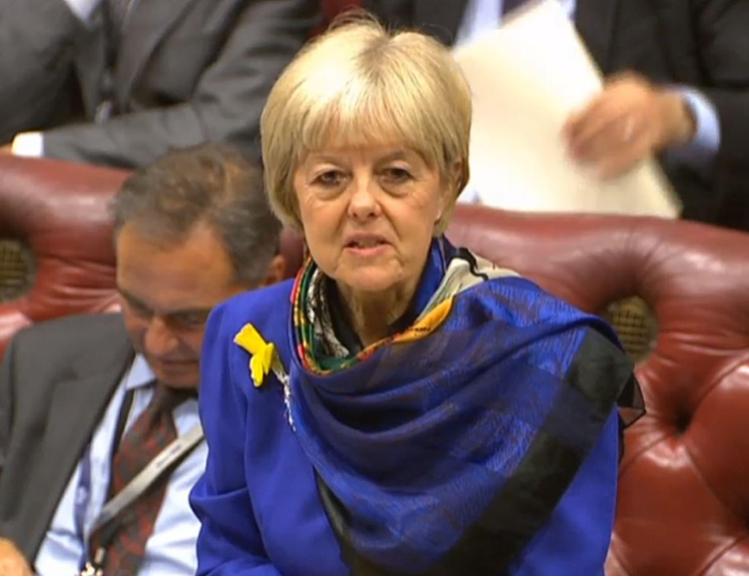Talking tactics: Can Labour's campaign strategy lead the party to No 10?
Keir Starmer (Credit: Simon Dack News / Alamy Stock Photo)
9 min read
Labour is desperate to win the next general election campaign online, in Facebook groups and WhatsApp chats, but can it find the right messages to motivate people to put down their phones and pick up a pencil in the voting booth? Sophie Church and Tali Fraser report
Hanging in Labour Party HQ near Blackfriars Bridge is a screen showing a dashboard of constituencies across the country, rating how each is performing on their digital campaigning.
It shows good performers like Kim Leadbeater engaging with local Facebook groups in Batley and Spen, taking questions on social media. The dashboard shows she can put a video together to amplify the party’s ad campaigns.
Those who do not rank well can expect a visit from party campaign co-ordinators to get standards up. The dashboard reflects an assessment that, while local parties’ leafleting operations remain rather slick, digital campaigning at a local level is not yet good enough.
Over the next three months Labour’s local and regional organisers will all receive campaign training from the party so they know how to produce a good video, run an ad and be plugged into all the digital platforms of their area.
At HQ, Labour’s digital campaigning team has been growing, with experienced hires from Google, government and Cabinet Office. The party also runs a digital trainee scheme which places people around the country to help run regional digital campaigning, and in this year’s round of hiring they received 1,200 applications.
[We were] like zombies… after the last election...It was just like, is this a doomed project?
It has had a noticeable effect, says Labour MP Tan Dhesi, shadow exchequer secretary to the Treasury: “Our graphics, attack ads, videos have all been sharpened up considerably in recent weeks and months.”
The party has come a long way from Jeremy Corbyn’s general election defeat in 2019, when morale at Labour’s campaign headquarters was catatonically low, says Abdi Duale, a member of Labour’s National Executive Committee (NEC).
“[We were] like zombies… after the last election because… we felt in the Labour Party like, are we ever going to win again? That was the real, real concern. It was just like, is this a doomed project?”
But today, he says the place is charged with focus, and hope. “There is obviously an element of optimism amongst our members,” he says, “and… [where] people are going canvassing at the moment, you see smiles on their faces; it doesn’t seem like a task that they don’t want to do because of that optimism that exists just looking at the polls.”
Now, Duale says many of the donors who had abandoned Labour in Corbyn’s five-year tenure have been returning. The most surprising donation, he says, came from Gary Lubner, former chief executive officer of Autoglass – to the tune of £5m.
But “the one that is the most encouraging,” he adds, “is the return of Lord Sainsbury… who used to be a regular donor to the Labour Party and cut his donations… during the Corbyn years.”
 Former PM Gordon Brown with Lord Sainsbury (Credit: PA Images / Alamy Stock Photo)
Former PM Gordon Brown with Lord Sainsbury (Credit: PA Images / Alamy Stock Photo)
Before the 1997 Labour landslide, Roy Jenkins described Tony Blair as being “like a man carrying a priceless Ming vase across a highly polished floor”.
Today one of the men following Starmer as he makes his own slow, infinitely cautious journey, carrying the hopes of the Labour movement with him and desperate not to slip, is Morgan McSweeney.
McSweeney, 46 – one of four people still working in the party who also worked on Starmer’s 2020 leadership campaign – is widely respected in the party as a canny political operator with the teeth of an attack dog. He is now partnered with Labour MP Pat McFadden, the party’s new National Campaign Coordinator, forming a team that knows how to expertly execute their plans.
Labour’s shadow frontbench team recently received a briefing from McSweeney, with two key messages, Tan Dhesi says. First was what the party has been good at: “in terms of going on the attack and exposing the Conservatives.” Second was what it needs to do better: “Now we feel that the public are listening… it is about getting our message out.”
 Tan Dhesi (Credit: Waldemar Sikora / Alamy Stock Photo)
Tan Dhesi (Credit: Waldemar Sikora / Alamy Stock Photo)
McSweeney, he adds, “has been doing a great job to sharpen the campaigning side of that”.
Labour activist Luke Akehurst describes McSweeney as a political missionary – one who has “travelled around the world to meet people from our sister parties that have won elections in Australia, in the States, in Germany, and learned from them.”
McSweeney will return home from his quests to present to the NEC, many of whom are “incredibly impressed by the clarity of what Morgan tells [them] about targeting and strategy and messaging”, says Akehurst.
“What he delivered in the local elections in May this year was a masterclass in the Labour Party putting all the resources into the most marginal councils,” Akehurst continues. “We’ve put the right effort in the right places to win, so I think there’s a lot of trust [in him].”
In contrast to Corbyn’s so-called people-powered campaign, which critics say was hopelessly naïve and grossly inefficient, McSweeney is using data to make the case for a Labour government. “He is absolutely driven about turning Labour into an election winning machine,” says Akehurst. “His approach is evidence-based and scientific and data-driven.”
That data-driven outlook informs the party’s digital campaigning, helping it hone attacks and bolster defences. Labour is working with a New York-based agency to assess whether its videos are working to measure elements like how trustworthy Starmer appears. Crucially they are assessing people’s views as the party intends them to be seen, individually and on a phone or computer, rather than in a focus group.
This allows for more thorough and accurate feedback rather than what are dismissed as “vanity statistics”, which some politicians get excited about; things like Twitter likes, retweets and views.
Another challenge they are contending with is the emergence of disinformation and things like deepfakes, AI generated images and videos, affecting their digital campaigning and messaging.
It is something Labour HQ is concerned about and party staff have been taking advice from Democrats in the United States on how the Biden campaign team have been tackling disinformation.
What could they do, for example, if a deepfake video of Keir Starmer was created where he said that Labour wanted to rejoin the EU (something not outside the realms of what some voters may think he would say) and that video was shared in local Facebook and WhatsApp groups where Brexit was a key issue? The first thing is to see it; unless campaign co-ordinators are in those groups, they cannot combat it.
This need to monitor is another reason to have local campaigners and organisers more clued up and plugged in to digital platforms.
The determination to combat disinformation is part of a wider will to win driven – says Akehurst – in part by a sense that Starmer has just one shot at No 10. “I think Keir’s just like, ‘okay, I am in a hurry. I’ve got one shot. I want to really make sure that I get it’.”
With the stakes so high it also explains an aggression that troubles some in Labour. An attack ad that accused Rishi Sunak of not wanting to see child abusers jailed was too much for some, for example. Labour peer Baroness Hayter, referencing the sexual assault advertisement specifically, says “at that point one thinks actually, it is not right”. She adds: “My judgement is that the government has enough to attack for what they’ve done over 13 years. Labour should be concentrating on what they’ve actually done, and on their record.”
 Baroness Hayter of Kentish Town (Credit: PA Images / Alamy Stock Photo)
Baroness Hayter of Kentish Town (Credit: PA Images / Alamy Stock Photo)
But for Will Jennings, associate dean of research and enterprise at the University of Southampton, these attack ads are just part of the campaigning furniture. “It’s very easy to think that these things matter more than they do,” he says. “And so it’s very easy to get very activated about the ethics of what is a fair or not poster, but I think what we’ve seen is all very standard political advertising.”
“I think as long as they’re factually based, there’s rather a lot of things that the Tories have done that we should attack them on,” adds Akehurst. So provided attacks are factual, everything is fair game? “If it’s factual, yes,” says Akehurst. “I don’t think there’s some kind of ‘oh is this distasteful?’ rule that we need to apply. They’ve done bad things in government, then they should be held to account for it.”
In truth, some aides want to be braver and more imaginative in the way they attack. Increasing donations have been a big help in developing the party’s advertising campaigns and Labour has been working with Soho-based agency Lucky Cat to develop more creative long-term ads.
What [McSweeney] delivered in the local elections in May this year was a masterclass
One of the things the Labour party recognises is that it has not previously been good at is fighting when backed against the wall. It is preparing for a nasty general election campaign.
As Dhesi says: “Along with our positive message of hope and getting our policies out there, we’ve got to also be on the attack.”
Although Labour may have material to attack now, the political landscape could soon change. So, if the economy improves, and along with it the Tories’ chances, where does that leave Labour?
“It will be a double-edged sword really,” says Jennings. “I think they might need to be more aggressive towards the government, but also if things were improving economically, then the tone of their offer might be able to shift to a more positive agenda.”
There is a feeling coming from Labour HQ’s campaigning team that the party still needs to set out the stall on what Labour does stand for in their campaigning. The unease was captured in an internal row over the leaked conference slogan: “Give Britain its Future Back”. Some in Labour HQ felt the slogan barely makes sense. Can you really, after all, give the future back?
With the slogan said to be undergoing a last-minute rewrite ahead of the gathering in Liverpool, the final result should give a small clue as to how the party intends to blend attack and vision as we enter the pre-election period. We can be sure that McSweeney and his team will be monitoring the reaction to Labour conference, scraping every available byte of data in their quest to help Starmer make it across “the highly polished floor” to No 10.
